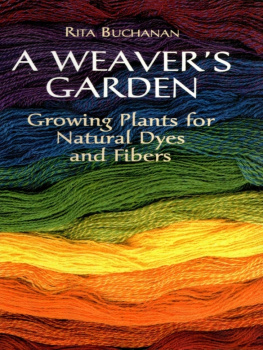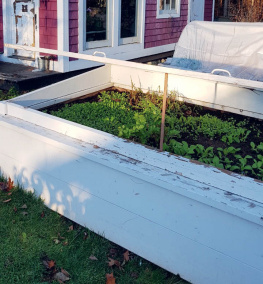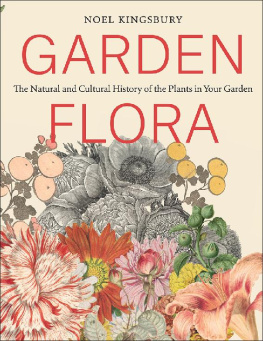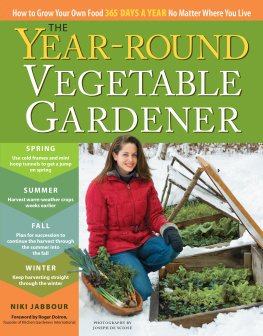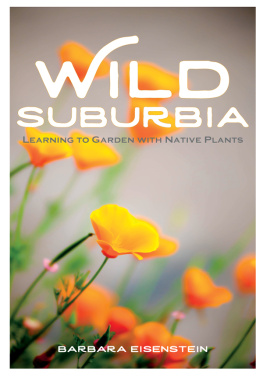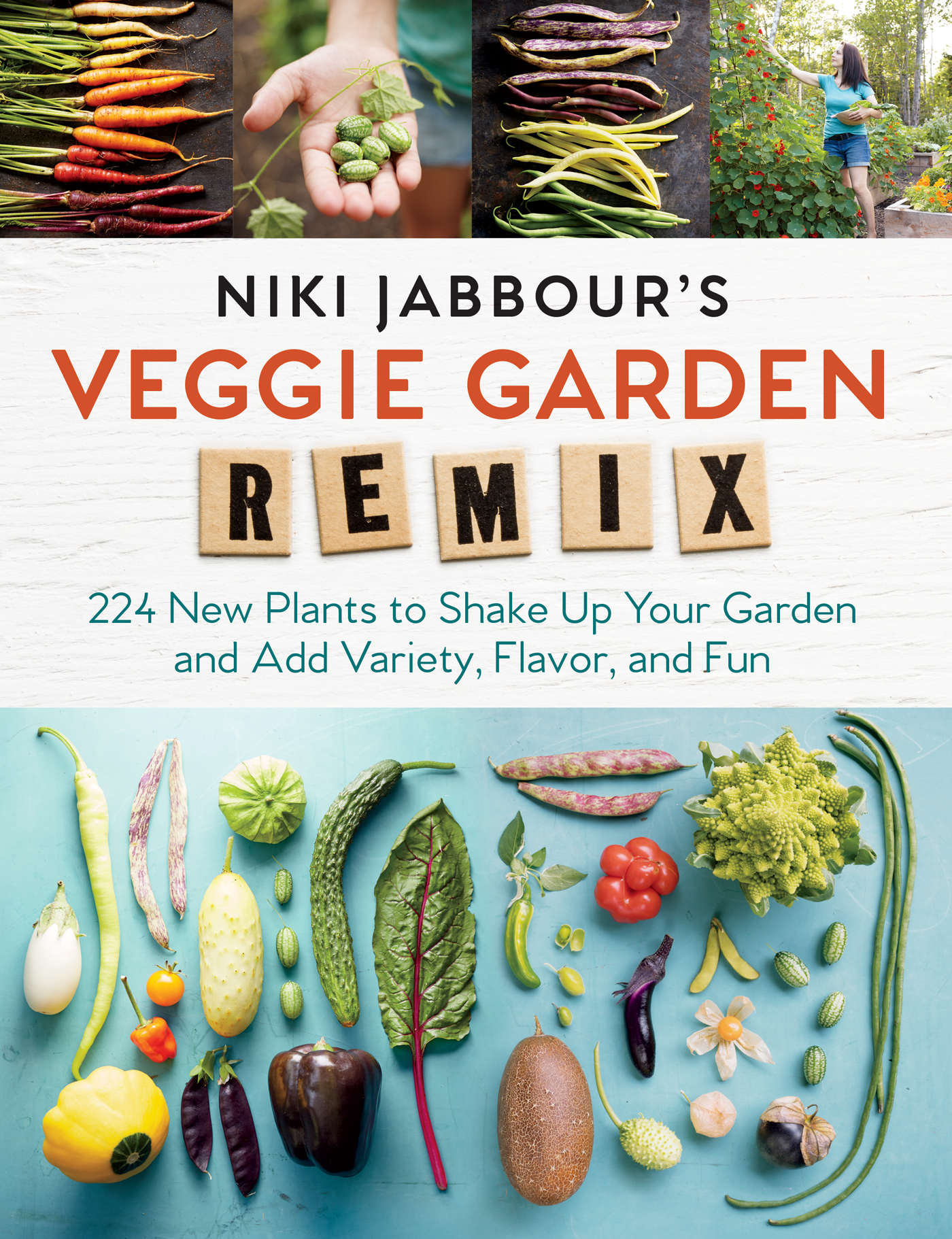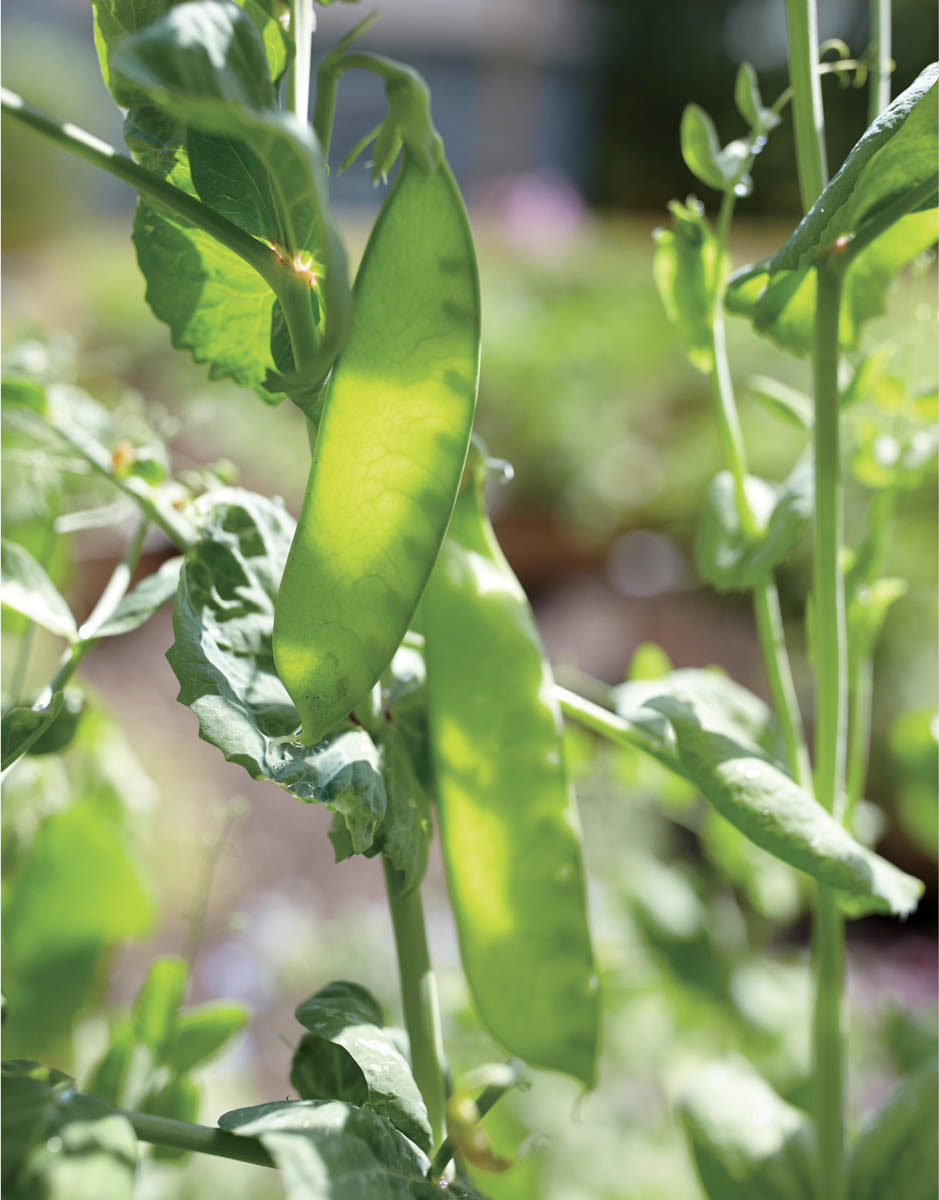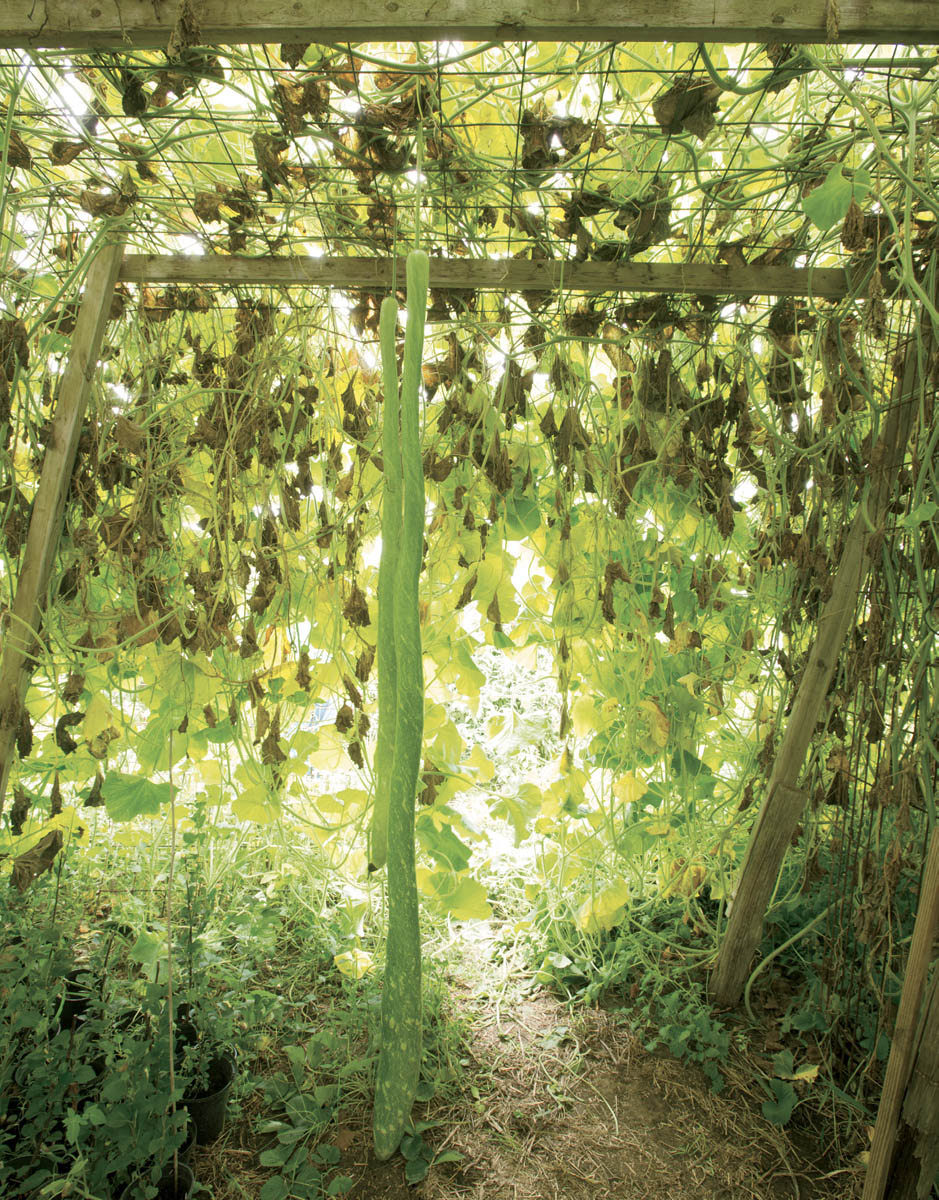dedication
To my family, Dany, Alex, and Isabelle, who understand that all I want for my birthday is a truckload of aged manure.
To my mother, Joyce, and my parents-in-law, Kamal and Noha, who started me on this global gardening path.
Contents
Like tomatoes?
Try ground cherries, Cape gooseberries, tomatillos
Like cucumbers?
Try cucamelons, West Indian burr gherkins, cucumber melons
Like summer squash?
Try bottle gourds, snake gourds,luffa gourds
Like snap beans?
Try yard-long beans, hyacinth beans, edamame, chickpeas, daylily buds
Like arugula?
Try mizuna, mustard, Italian dandelions, turnip greens
Like lettuce?
Try celtuce, minutina, Tokyo bekana, mche
Like asparagus?
Try hosta shoots, asparagus peas
Like spinach?
Try magenta spreen, amaranths, molokhia, sweet potato leaves, tatsoi, New Zealand spinach, orach, Malabar spinach, hablitzia
Like cabbage?
Try Chinese cabbage, yu choy sum, komatsuna
Like broccoli?
Try Spigariello liscia, Piracicaba, Romanesco, gai lan, sea kale, huauzontle
Like potatoes?
Try Jerusalem artichokes, groundnuts, Chinese artichokes, daylily tubers, dahlia tubers
Like spring radishes?
Try daikons, black Spanish radishes
Like bulb onions?
Try Japanese bunching onions, Egyptian walking onions
Like parsnips?
Try Hamburg parsley
Introduction
The Snake Gourd That Started It All
I t began with a snake gourd a 5-foot-long vegetable wed hoped to use as the centerpiece for our Halloween decor. That spring, Id started the seeds indoors, and by midsummer the rampant vines had reached the top of a sturdy A-frame trellis. Hiding among the large leaves were about a dozen young fruits. It was at this point that my mother-in-law, Noha, dropped by for a garden visit.
Noha grew up in a small village in the mountains of Lebanon, where life revolves around fresh food and family meals, traditions that she continued when she and her husband, Kamal, and their two young sons immigrated to Canada in the 1980s. On this particular day, I had planned to harvest some of the early tomatoes, cucumbers, zucchini, parsley, and salad greens for her. But when she spied the slender gourds, her eyes lit up. She quickly explained that she knew this plant as cucuzza, and in Lebanon, as well as other regions of the Mediterranean, its grown and eaten like a summer squash. At about a foot in length, the fruits on my vines were just the right size for eating.
Thanks to Noha, I learned that my ornamental gourds were also edible, and I was thrilled to share with her a vegetable that she hadnt eaten in decades. I started to think that perhaps there were other Lebanese vegetables I could try in my Nova Scotia garden, and I began researching and asking questions. Soon, I was planting Omars Lebanese tomatoes, Armenian cucumbers, cousa zucchini, chickpeas, and molokhia a cooking green Noha uses to make a flavorful chicken stew that is served over rice and topped with toasted pita bread and vinegar-soaked onions.
Branching Out
Like most North American gardeners, my vegetable plots had always been planted with normal crops like tomatoes, potatoes, carrots, peas, and beans, and although I played around with different varieties, I certainly didnt venture too far from the traditional veggies. This crash course in global gardening soon had me scheming to branch out and try edibles from other regions like India, Thailand, Mexico, Argentina, Italy, China, and Japan. I requested seed catalogs that specialized in ethnic crops, ordering vegetables and herbs that had maturity dates that I thought would fit in with my climate and gardening zone.
As with most experiments, some things thrived and some things didnt, but my success rates far outstripped the crop failures, and in some cases I was able to prompt long-season vegetables to reach maturity in my short-season garden by using simple season extenders like mini hoop tunnels and row covers. The extra few weeks at the end of the traditional growing season was enough to push crops like chickpeas, Thai eggplants, and certain gourds to reach maturity.
This bounty of international veggies and herbs has allowed me to flex my cooking skills, tackling recipes with ingredients that, in the past, had been difficult to source or expensive to buy. I was surprised how many of these unconventional edibles pak choi, mibuna, edamame, bitter gourds, zaatar, yard-long beans, daikon radishes thrived in my garden, and our backyard soon became known as the experimental farm. Measuring just over 2,000 square feet, the garden isnt huge, but its enough space to test new-to-me crops as well as grow our traditional family favorites like Sungold tomatoes, Napoli carrots, and Purple Podded Pole beans.
Fast-forward about a decade from that eye-opening day in the garden with Noha, and youll find Dany and me standing in the garden, thrilled to discover the first Mexican sour gherkin cucumber ready for harvest. Also called cucamelon or mouse melon, these grape-size cucumbers have the mottled appearance of a tiny watermelon. There was some debate about who should get the first taste, but since marriage is (apparently) about compromise and sharing, we each took a small bite, enjoying the bright burst of cucumber-citrus flavor.
Danys immediate response was, Wow! Why dont more people grow these? Great question! And one that eventually led to this book. Why dont more people grow cucamelons? Or cucuzze? Or herbs for zaatar? Or chickpeas? Or groundnuts? Is it because those are unfamiliar garden crops? Or perhaps gardeners just dont realize the amazing range of food plants that can be cultivated in their gardens? Or maybe because they arent always readily available in local garden centers?
Diversity in the Vegetable Plot
There is a world of diversity available to gardeners, if we just take the time to look. For example, take the humble pole bean, a common crop across much of North America, the United Kingdom, and Europe. Most of us stick to the standard handful of varieties offered through seed catalogs, but if you just take a moment to look, youll discover that there is an incredible range of pod colors, shapes, sizes, and flavors just waiting for you.
Have you met Gold Marie, a Romano-type bean produced on fast-growing vines? The 1-inch-wide butter-yellow pods have a hearty, meaty texture; with just one bite, this heirloom became a new family favorite. Or Red Noodle, a plant with mesmerizing dark red pods that can reach lengths of up to 18 inches? And dont get me started on my obsession with giant lima beans! These 10-foot-tall plants need a long frost-free season, but I still strive (with the help of an early planting in a spring mini hoop tunnel) to grow and harvest this Mediterranean staple. The beans are borne in lengthy, wide pods and, once dried, are a winter favorite. I slowly bake them in a thick tomato sauce liberally seasoned with fresh basil and aromatic vegetables for a simple, satisfying feast that pairs well with warm, crusty bread.


